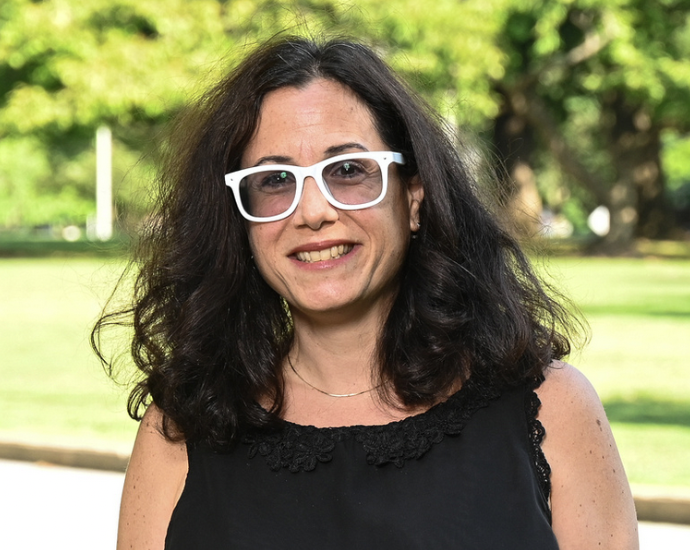

“Vidding: A History” documents a women’s artistic community, so it feels right that it was published open access—I believe that open access scholarship puts the community first.
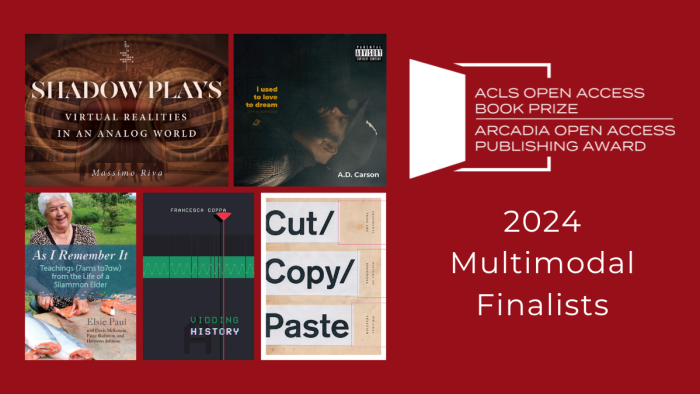
Ahead of the May 2, 2024 announcement of the winners of the inaugural ACLS Open Access Book Prizes and Arcadia Open Access Publishing Awards, ACLS spoke with the finalists about their books and experiences as open access authors. Supported by a generous grant from Arcadia, the prizes recognize authors and publishers of exceptional, innovative, and open access humanities books.
Eligible open access books in the multimodal, born-digital category demonstrated effective and innovative use of the online environment in any humanistic discipline, published between 2017 and 2022. The five finalists span a wide range of disciplines, topics, and institutional diversity. Below are excerpts from interviews with the multimodal finalists, as well as links to the full Q&As that originally appeared in our Open Access Book Prize newsletter.
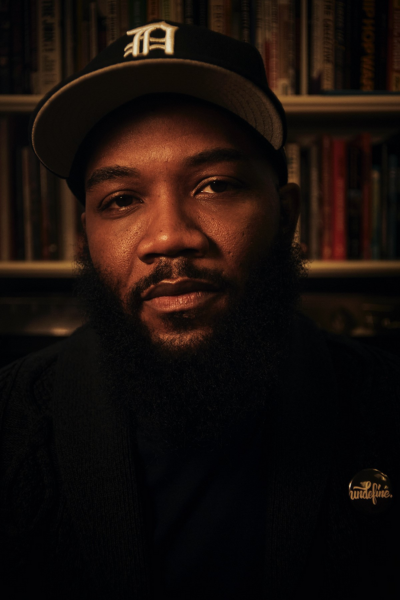
Why and how did you pursue open access publication for this book?
I feel like Hip Hop scholarship should be public and accessible. It seems unethical to me to insist that historically maligned cultures and the people excluded from academia allow their history and hard work to be extracted and exploited so that academic interlopers can become “experts” and then tell the people living the culture all about themselves. There’s historical precedent for this concern. Open access ensures that the work can be interrogated with fewer material barriers to the publics who might want to engage with it. This is especially important to dispel some capitalistic notions about musical success. Gatekeeping is still an issue, as the peer review process can be a great impediment, but circulation and engagement outside of sales charts produces different kinds of conversations about the music and its intellectual and artistic aims and claims.
Open access ensures that the work can be interrogated with fewer material barriers to the publics who might want to engage with it. This is especially important to dispel some capitalistic notions about musical success. A.D. Carson
What made you interested in this subject?
I began writing i used to love to dream out of a need to articulate the peculiar estrangement I felt after defending my dissertation, which was also a rap album, and starting a job as a “professor of Hip Hop” [at the University of Virginia]. This happened in 2017—the same time as the Unite the Right rally in Charlottesville. As a graduate student [at] Clemson, I had experienced local buildup to what has become a national crisis regarding open racial hostilities in very public places like the campuses of Clemson and Virginia.
The estrangement wasn’t only related to being in places that weren’t my home and might never be. It was also an earnest fear that earning a PhD and accepting a job like the one I had might have created some distance between me and the image of myself that I held. This made me want to ask pointed questions about home and identity that aren’t so easy to answer. What does home sound like? How do we forcefully speak back to histories told about places that we call home if the people who write those histories omit us from the narratives? Are there technologically subversive ways to do this speaking back that might benefit from the estrangement I was feeling?
Read more in our newsletter Q&A and watch A.D. Carson in episode 2 of Adventures in Digital Publishing, a web series co-produced by ACLS.
Why and how did you pursue open access publication for this book?
Vids are transformative works made and shared freely in a creative community. It seemed wrong to put them behind any kind of paywall or to create a scholarly work about vidding that vidders themselves couldn’t access easily. A work should live in and among the artists it discusses! I also very much wanted this to be a book that teachers could use in the classroom to complicate mainstream narratives about media and cinema, and the open access form of Vidding: A History means that a teacher can use a particular section or show a particular video that works with the theme of their course or lesson plan. All that said, I have a strong commitment to open access scholarship in general: we need to put quality scholarly work outside of paywalls or risk having people be misinformed by work that’s apparently “free” but that’s unreviewed or has been generated for clicks.
The open-access format of Vidding: A History was supported by a Mellon Community Engagement Grant, which focuses on community-engaged scholarship, as well as grants from the Harry Potter Education Fanon Archive Project, and the Daniel J. and Carol Shiner Wilson Grant at my home institution of Muhlenberg College. I’m so grateful to these organizations and also to the team of Muhlenberg undergraduates who helped me put the multimedia parts of the book together and make it accessible to all online.


“Vidding: A History” documents a women’s artistic community, so it feels right that it was published open access—I believe that open access scholarship puts the community first.
Did anything surprise you in your experience as an open access author?
I’ve been delighted at how surprised people were that Vidding: A History was free to read. (It actually seems to confuse people sometimes!) But it makes me so happy that my book is out in the world, accessible to all. Also, because my book is a multimedia book, open access means that readers can see examples of the videos I’m describing. Vidding: A History documents a women’s artistic community, so it feels right that it was published open access—I believe that open access scholarship puts the community first.
Read more in our newsletter Q&A.
What made you interested in this subject?
In today’s digital world we as ɬaʔamɩn people grapple with issues of how to effectively and appropriately harness the value of the Internet for promoting and amplifying our respective teachings. We are aware of the risks: the ways that it can replicate and amplify the colonial paradigms that distort Indigenous knowledge; the toxic anonymity, digital scraping by AI, cutting and pasting, copyright infringement, commodification, surveillance, meme-ification. Those practices of many online cultures can, and often do, make the Internet an unsafe place for Indigenous knowledge and teachings.
But the Internet is also one place where Tla’amin amɩn people now live: more than half of our ɬaʔamɩn people live outside ɬaʔamɩn territory, and most are in cities. We also have a very youthful population, with over half of our people under the age of twenty-five. Digital spaces hold the potential to keep us connected to the territory, the teachings, and each other across physical distances and generations.
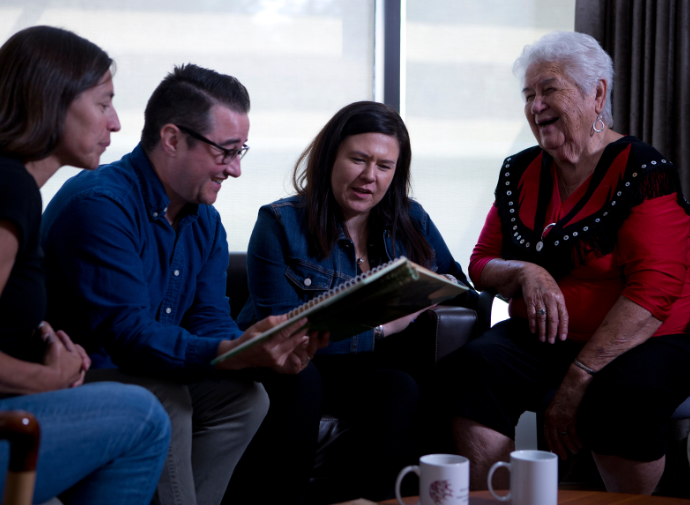

Open access has made a way to hear unexpected voices and versions of history that have been silent too long.
Left: co-authors of “As I Remember It: Teachings (ʔəms tɑʔɑw) from the Life of a Sliammon Elder”
I was blessed to be born into my Chi Chia’s world, to have a grandparent raised in her language and culture and for the most part escaping the horrors of Indian Residential School. [Chi Chia is Elsie Paul, Davis’s grandmother.] Her teachings are key to the very survival of Tla’amin way of life and serve as a powerful counter-narrative to what we learn in schools and society about ourselves and our identity.
While a website can never fully replicate face-to-face, human interaction, the goal of this digital book is not to offer up an online Elder to replace the familial and ceremonial interactions where teachings are given, received, transmitted. It is, instead, an acknowledgment that new tools exist that can support our existence and healing as a people. And at this point in our history, we can use all the tools we can get. We need to take risks and do our best.
Any words of advice to other scholars who are considering open access publication?
Just do it. The internet has democratized communication and erased many of the traditional barriers to speaking directly to your community and other audiences. Open access has made a way to hear unexpected voices and versions of history that have been silent too long. Already tens of thousands of people have read our humble book. My Chi Chia is blown away by this interest and reception to her words, her teachings from our corner of the world.
Read more in our newsletter Q&A.
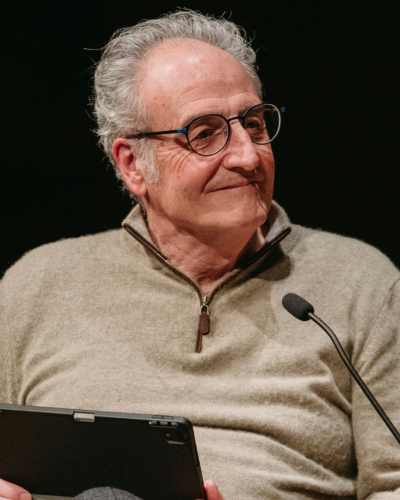
What made you interested in this subject?
The idea for my book originated in an ACLS-supported project I was involved in (2011–2012), focused on a unique exemplar of popular art from the mid-19th century: the Garibaldi moving panorama, owned by the Brown University Library. This artifact is also the object of a chapter in my book; other chapters explore a series of optical devices that, like the moving panorama, foreshadow 20th- and 21st-century media, creating a pre-history of virtual reality.
Why and how did you pursue open access publication for this book?
The original idea was for a lavishly illustrated printed book, but in 2015 the Brown University Library was awarded a grant from the Mellon Foundation and launched an initiative aimed at producing long-form, multimodal digital monographs. My topic—how we can trace immersive experiences in contemporary digital technology back to similar imaginative experiences provided by analog devices—was perfectly suited for a born-digital publication. I was thrilled at the opportunity to reach a broader audience, thanks to the open access format. Through Brown University Digital Publications, I was able to design and implement a digital format combining scholarly accuracy and interactive features (models and simulations) aimed at the general reader.
My topic—how we can trace immersive experiences in contemporary digital technology back to similar imaginative experiences provided by analog devices—was perfectly suited for a born-digital publication. Massimo Riva
Did anything surprise you in your experience as an open access author?
I was hoping this project might have broader reach, compared with the scholarly books I’d published before, but I was indeed surprised and pleased by the wider resonance my monograph enjoyed, traveling outside strictly academic circles and into the realm of social media and beyond. I am happy to have been able to share my research freely with my students and with (English) readers worldwide.
Read more in our newsletter Q&A.
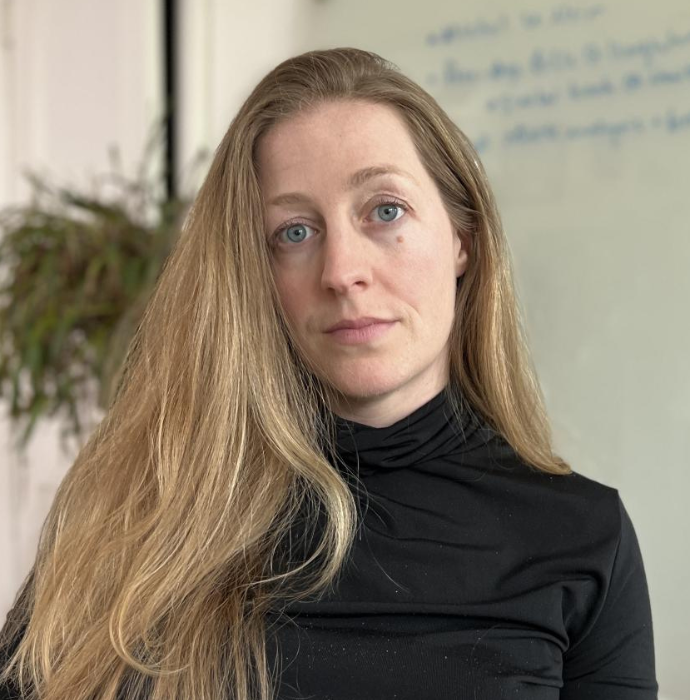

If studying the history of the book has taught me anything, it’s that how you publish matters. It isn’t just a question of which press, as we often assume in academia, but in what media and mode, enabling what types of engagement.
Why and how did you pursue open access publication for this book?
This book began as a dissertation about a family of women who—in rural, seventeenth-century England—cut up religious texts and prints and pasted the fragments back together into beautiful religious “harmonies.” These feminist collages could not have been published in print at the time; their maximalist design refuses to be mediated in movable type. As I researched their work, I began to realize that—in order to appreciate the creative interventions of these delightfully unique books—my reader would need to see them, to explore their page layout and source texts on their own, to interact with them in new ways. And so I turned to open access digital publishing as a means of sharing this remarkable archive with a new audience.
I was lucky to have the support of an NEH-Mellon Fellowship in Digital Publication to build the digital editions and visualizations stitched into this hybrid book project. After publication, Cut/Copy/Paste was additionally supported by an NEH Fellowships Open Book Award. These programs are critical for developing and sustaining the infrastructure necessary to support digital open access publishing in the humanities.
Any words of advice to other scholars who are considering open access publication?
If studying the history of the book has taught me anything, it’s that how you publish matters. It isn’t just a question of which press, as we often assume in academia, but in what media and mode, enabling what types of engagement. It’s important to consider these questions early, since your chosen platform will (or should) change the way you write and approach your project.
Read more in our newsletter Q&A.
Publishers are invited to submit entries for the 2025 ACLS Open Access Book Prizes and Arcadia Open Access Publishing Awards by September 10, 2024.